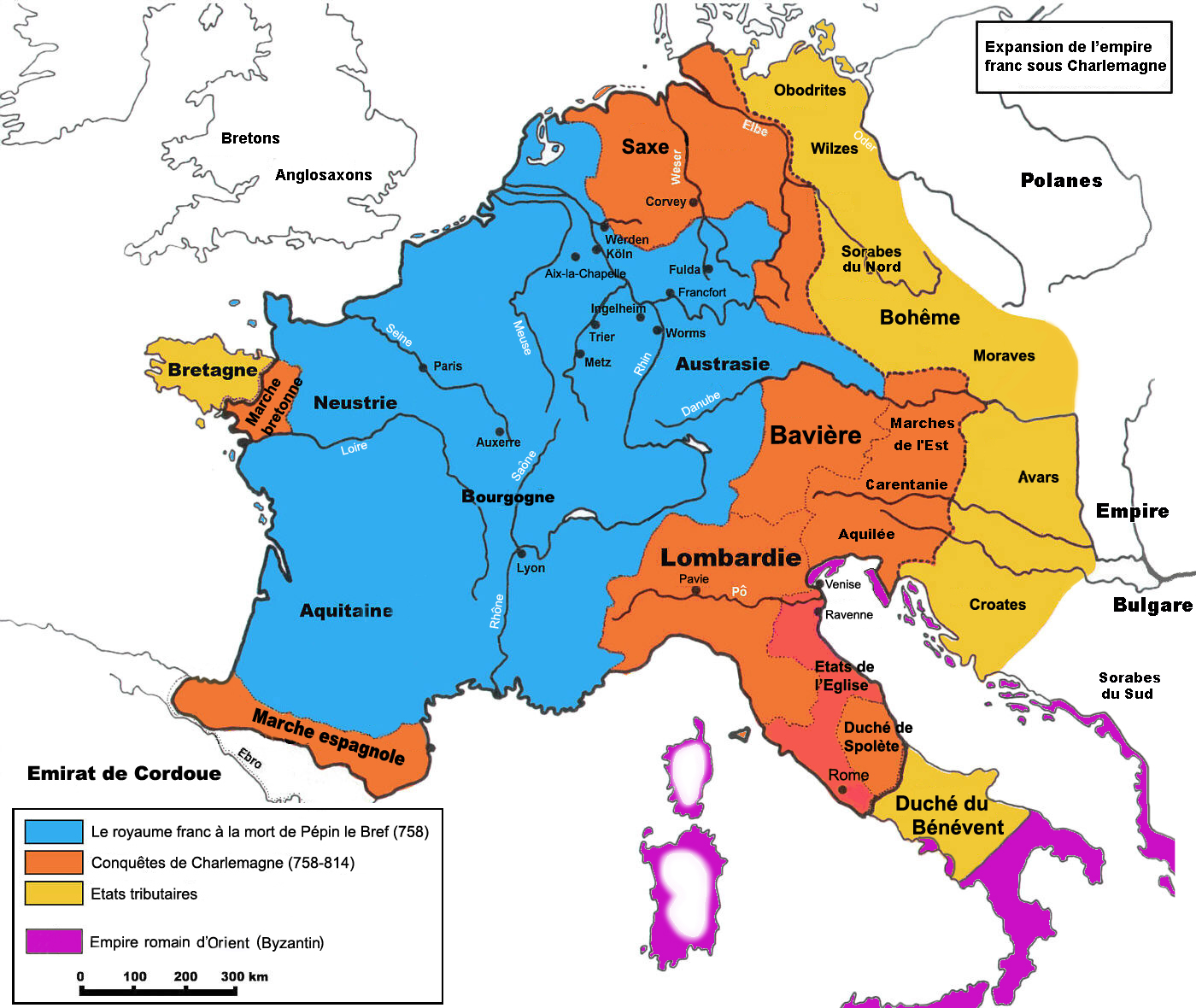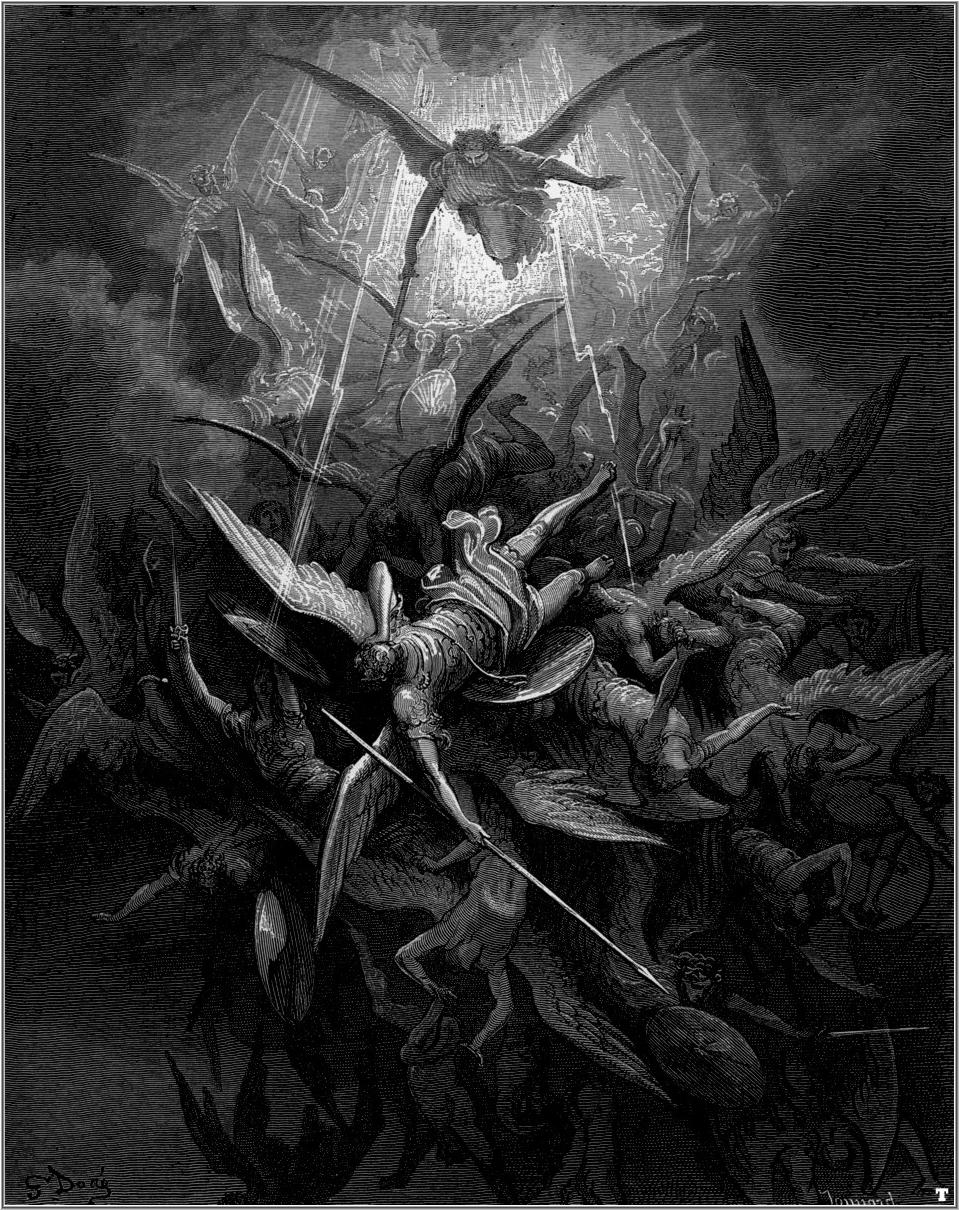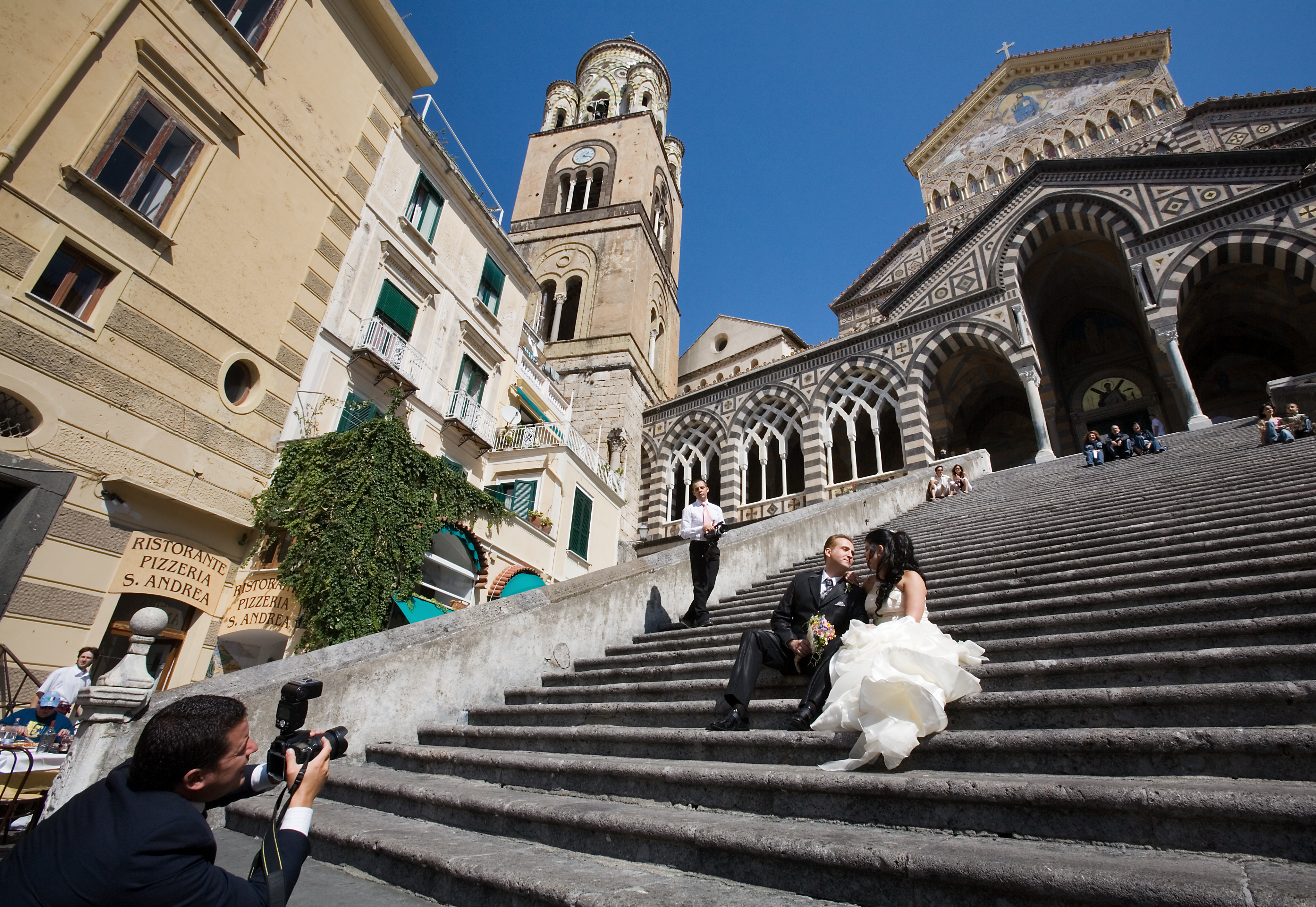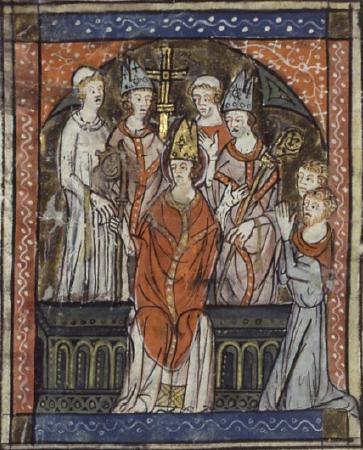|
Inquisition In France
France was one of the first countries where the papal inquisition was established in the 13th century. This ecclesiastical judicial institution was created to combat Heresy, heresies. The southern region of France, Languedoc, was the primary center of inquisition activity in Europe until the mid-14th century. Most of the preserved sources concerning the inquisition (including trial materials) originate from this region. However, the history of the French Inquisition spans until the end of the 17th century and also encompasses other areas of the country. Territorially, the jurisdiction of the French Inquisition extended beyond the borders of the Kingdom of France. French inquisitors also had authority over the western, French-speaking regions that were part of the Holy Roman Empire. The structure of the French Inquisition can be divided into four major areas: * Southern France (Languedoc), with its main center in Toulouse; * Northern France (including the southern Netherlands), with ... [...More Info...] [...Related Items...] OR: [Wikipedia] [Google] [Baidu] |
France
France, officially the French Republic, is a country located primarily in Western Europe. Overseas France, Its overseas regions and territories include French Guiana in South America, Saint Pierre and Miquelon in the Atlantic Ocean#North Atlantic, North Atlantic, the French West Indies, and List of islands of France, many islands in Oceania and the Indian Ocean, giving it Exclusive economic zone of France, one of the largest discontiguous exclusive economic zones in the world. Metropolitan France shares borders with Belgium and Luxembourg to the north; Germany to the northeast; Switzerland to the east; Italy and Monaco to the southeast; Andorra and Spain to the south; and a maritime border with the United Kingdom to the northwest. Its metropolitan area extends from the Rhine to the Atlantic Ocean and from the Mediterranean Sea to the English Channel and the North Sea. Its Regions of France, eighteen integral regions—five of which are overseas—span a combined area of and hav ... [...More Info...] [...Related Items...] OR: [Wikipedia] [Google] [Baidu] |
Middle Ages
In the history of Europe, the Middle Ages or medieval period lasted approximately from the 5th to the late 15th centuries, similarly to the post-classical period of global history. It began with the fall of the Western Roman Empire and transitioned into the Renaissance and the Age of Discovery. The Middle Ages is the middle period of the three traditional divisions of Western history: classical antiquity, the medieval period, and the modern period. The medieval period is itself subdivided into the Early, High, and Late Middle Ages. Population decline, counterurbanisation, the collapse of centralised authority, invasions, and mass migrations of tribes, which had begun in late antiquity, continued into the Early Middle Ages. The large-scale movements of the Migration Period, including various Germanic peoples, formed new kingdoms in what remained of the Western Roman Empire. In the 7th century, North Africa and the Middle East—once part of the Byzantine Empire� ... [...More Info...] [...Related Items...] OR: [Wikipedia] [Google] [Baidu] |
Agen
Agen (, , ) is the prefecture of the Lot-et-Garonne department in Nouvelle-Aquitaine, Southwestern France. It lies on the river Garonne, southeast of Bordeaux. In 2021, the commune had a population of 32,485. Geography The city of Agen lies in the southwestern department of Lot-et-Garonne in the Nouvelle-Aquitaine region. The city centre lies on the east bank of the river Garonne, the Canal de Garonne flows through the city, approximately halfway between Bordeaux and Toulouse . Climate Agen features an oceanic climate (''Cfb'') in the Köppen climate classification and according to the latest temperature numbers borders a humid subtropical climate (''Cfa''). According to the Trewartha climate classification the climate is now humid subtropical (''Cf''). Winters are mild and feature cool to cold temperatures while summers are mild and warm. Rainfall is spread equally throughout the year; however, most sunshine hours are from March–September. Toponymy From Occitan ... [...More Info...] [...Related Items...] OR: [Wikipedia] [Google] [Baidu] |
Carcassonne
Carcassonne is a French defensive wall, fortified city in the Departments of France, department of Aude, Regions of France, region of Occitania (administrative region), Occitania. It is the prefectures in France, prefecture of the department. Inhabited since the Neolithic Period, Carcassonne is located in the plain of the Aude (river), Aude between historic trade routes, linking the Atlantic to the Mediterranean Sea and the Massif Central to the Pyrénées. Its strategic importance was quickly recognised by the Ancient Rome, Romans, who occupied its hilltop until the demise of the Western Roman Empire. In the fifth century, the region of Septimania was taken over by the Visigoths, who founded the city of Carcassonne in the newly established Visigothic Kingdom. Its citadel, known as the Cité de Carcassonne, is a medieval fortress dating back to the Roman Gaul, Gallo-Roman period and restored by the theorist and architect Eugène Viollet-le-Duc between 1853 and 1879. It was adde ... [...More Info...] [...Related Items...] OR: [Wikipedia] [Google] [Baidu] |
Albi
Albi (; ) is a commune in France, commune in southern France. It is the prefecture of the Tarn (department), Tarn Departments of France, department, on the river Tarn (river), Tarn, 85 km northeast of Toulouse. Its inhabitants are called ''Albigensians'' (, ). It is the seat of the Roman Catholic Archdiocese of Albi, Archbishop of Albi. The episcopal city, around the Albi Cathedral, Cathedral Sainte-Cécile, was added to the UNESCO list of World Heritage Sites in 2010 for its unique architecture. The site includes the Musée Toulouse-Lautrec, dedicated to Henri de Toulouse-Lautrec, the artist who was born in Albi. Administration Albi is the seat of four Canton in France, cantons, covering 16 Commune in France, communes, with a total population of 72,416 (2019). History The first human settlement in Albi was in the Bronze Age (3000–600 Before Christ, BC). After the Ancient Rome, Roman conquest of Gaul in 51 BC, the town became ''Civitas Albigensium'', the territor ... [...More Info...] [...Related Items...] OR: [Wikipedia] [Google] [Baidu] |
Council Of Saint-Félix
The Council of Saint-Félix, a landmark in the organisation of the Cathars, was held at Saint-Felix-de-Caraman, now called Saint-Félix-Lauragais, in 1167. The senior figure, who apparently presided and gave the ''consolamentum'' to the assembled Cathar bishops (some newly appointed), was ''papa'' Nicetas, Bogomil bishop of Constantinople. The acts of the council are known from a printed text published by Guillaume Besse in the 17th century, a copy he made of a now-lost 1223 copy that he possessed. The genuineness of this document has been doubted. The copy seen by Besse had been made in 1223 by Pierre Poulhan, who was (at that date or soon after) Cathar bishop of Carcassonne. According to Besse's text, the following Cathar bishops were recognised by the council and consoled by Nicetas: # Robert d'Espernon, bishop of the French, i.e. of northern France # Sicard le Cellerier, bishop of Albi # Mark, bishop of Lombardy, apparently synonymous with Italy # Bernard Raimond, bishop ... [...More Info...] [...Related Items...] OR: [Wikipedia] [Google] [Baidu] |
Catharism
Catharism ( ; from the , "the pure ones") was a Christian quasi- dualist and pseudo-Gnostic movement which thrived in Southern Europe, particularly in northern Italy and southern France, between the 12th and 14th centuries. Denounced as a heretical sect by the Catholic Church, its followers were attacked first by the Albigensian Crusade and later by the Medieval Inquisition, which eradicated the sect by 1350. Around 1 million were slaughtered, hanged, or burnt at the stake. Followers were known as Cathars or Albigensians, after the French city Albi where the movement first took hold, but referred to themselves as Good Christians. They famously believed that there were not one, but two Godsthe good God of Heaven and the evil god of this age (). According to tradition, Cathars believed that the good God was the God of the New Testament faith and creator of the spiritual realm. Many Cathars identified the evil god as Satan, the master of the physical world. The Cathars believe ... [...More Info...] [...Related Items...] OR: [Wikipedia] [Google] [Baidu] |
Éon De L'Étoile
Éon de l'Étoile (died 1150), from the Latin ''Eudo de Stella'', was a Breton religious leader and "messiah". He opposed the Roman Catholic Church to the point of pillaging abbeys and monasteries and accumulating a large treasure during a period of eight years (1140–48). He was considered little more than an "illiterate idiot" by the Church authorities. Life Born near Loudéac to a noble family, Eudon, as he was originally called, was briefly an Augustinian friar taking up a hermit's life in the Brocéliande (Brécheliant). Around 1140, during the reign of Conan III of Brittany, Éon took up residence in the abandoned priory of Moinet, but he did not remain there long. According to his own story, one day while attending the mass, he heard the priest say ''Per eum qui venturus est judicare vivos et mortuos'' ("by him whose it is to judge the living and the dead") and interpreted this as applying to himself, hearing his name in the ''eum'' of the liturgy.William of Newbur ... [...More Info...] [...Related Items...] OR: [Wikipedia] [Google] [Baidu] |
Nicene Creed
The Nicene Creed, also called the Creed of Constantinople, is the defining statement of belief of Nicene Christianity and in those Christian denominations that adhere to it. The original Nicene Creed was first adopted at the First Council of Nicaea in 325. According to the traditional view, forwarded by the Council of Chalcedon of 451, the Creed was amended in 381 by the First Council of Constantinople as "consonant to the holy and great Synod of Nice." However, many scholars comment on these ancient Councils saying "there is a failure of evidence" for this position since no one between the years of 381–451 thought of it in this light. Further, a creed "almost identical in form" was used as early as 374 by St. Epiphanius of Salamis. Nonetheless, the amended form is presently referred to as the Nicene Creed or the Niceno-Constantinopolitan Creed. J.N.D. Kelly, who stands among historians as an authority on creedal statements, disagrees with the aforementioned assessment. H ... [...More Info...] [...Related Items...] OR: [Wikipedia] [Google] [Baidu] |
Sacrament Of Marriage
Christian terminology and theological views of marriage vary by time period, by country, and by the different Christian denominations. Catholic and Eastern Orthodox Christians consider marriage as a holy sacrament or sacred mystery, while Protestants consider marriage to be a sacred institution or "holy ordinance" of God. However, there have been differing attitudes among denominations and individual Christians towards not only the concept of Christian marriage, but also concerning divorce, remarriage, gender roles, family authority (the " headship" of the husband), the legal status of married women, birth control, marriageable age, cousin marriage, marriage of in-laws, interfaith marriage, same-sex marriage, and polygamy, among other topics, so that in the 21st century there cannot be said to be a single, uniform, worldwide view of marriage among all who profess to be Christians. Christian teaching has never held that marriage is necessary for everyone; for many centuries ... [...More Info...] [...Related Items...] OR: [Wikipedia] [Google] [Baidu] |
Arras
Arras ( , ; ; historical ) is the prefecture of the Pas-de-Calais department, which forms part of the region of Hauts-de-France; before the reorganization of 2014 it was in Nord-Pas-de-Calais. The historic centre of the Artois region, with a Baroque town square, Arras is in northern France at the confluence of the rivers Scarpe and Crinchon. The Arras plain is on a large chalk plateau bordered on the north by the Marqueffles fault, on the southwest by the Artois and Ternois hills, and on the south by the slopes of Beaufort-Blavincourt. On the east it is connected to the Scarpe valley. Saint Vedast (or St. Vaast) was the first Catholic bishop in the year 499 and tried to eliminate paganism among the Franks. By 843, Arras was seat of the County of Artois which became part of the Royal domain in 1191. The first mention of the name ''Arras'' appeared in the 12th century. Some hypothesize it is a contraction of '' Atrebates'', a Belgic tribe of Gaul and Britain that u ... [...More Info...] [...Related Items...] OR: [Wikipedia] [Google] [Baidu] |
Cambrai
Cambrai (, ; ; ), formerly Cambray and historically in English Camerick or Camericke, is a city in the Nord department and in the Hauts-de-France region of France on the Scheldt river, which is known locally as the Escaut river. A sub-prefecture of the department, Cambrai is a town which had 32,501 inhabitants in 2018. It is in the heart of the urban unit of Cambrai with 46,772 inhabitants. Its functional area, a more extensive range, included 94,576 inhabitants in 2018.Comparateur de territoire: Aire d'attraction des villes 2020 de Cambrai (108), Unité urbaine 2020 de Cambrai (59403), Commune de Cambrai (59122) INSEE With |






